Good day.
Trying to recreate a circuit, but I'm not sure what the dot BEFORE the triangle means. I know after it means invertor, does before just mean it's inverted BEFORE, instead of after? Rather confused, and not having luck searching.
Really appreciate the help.

